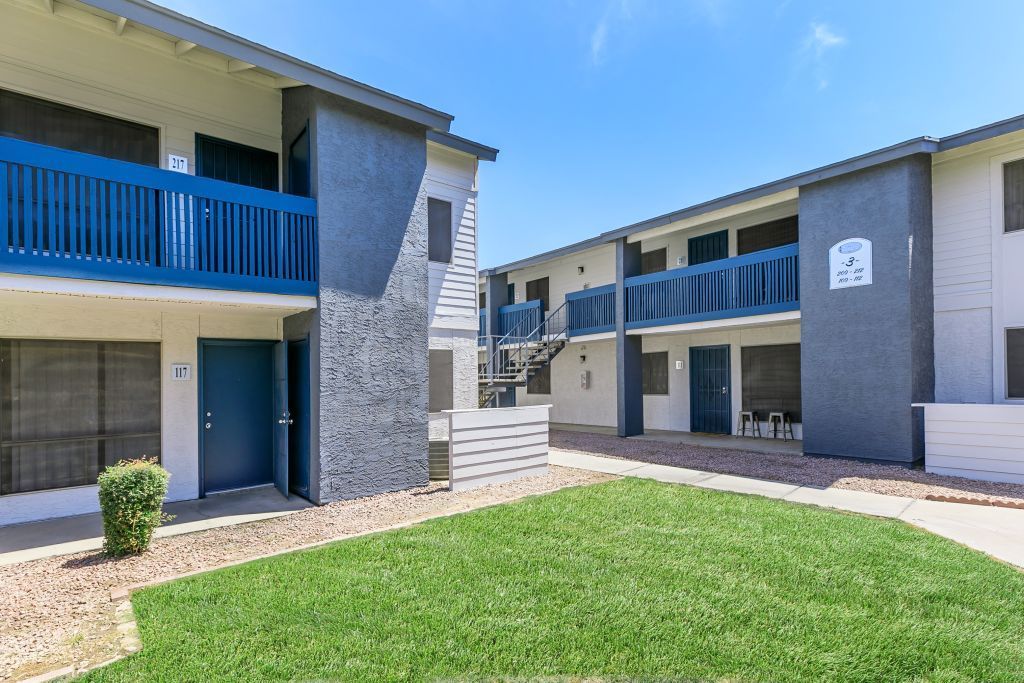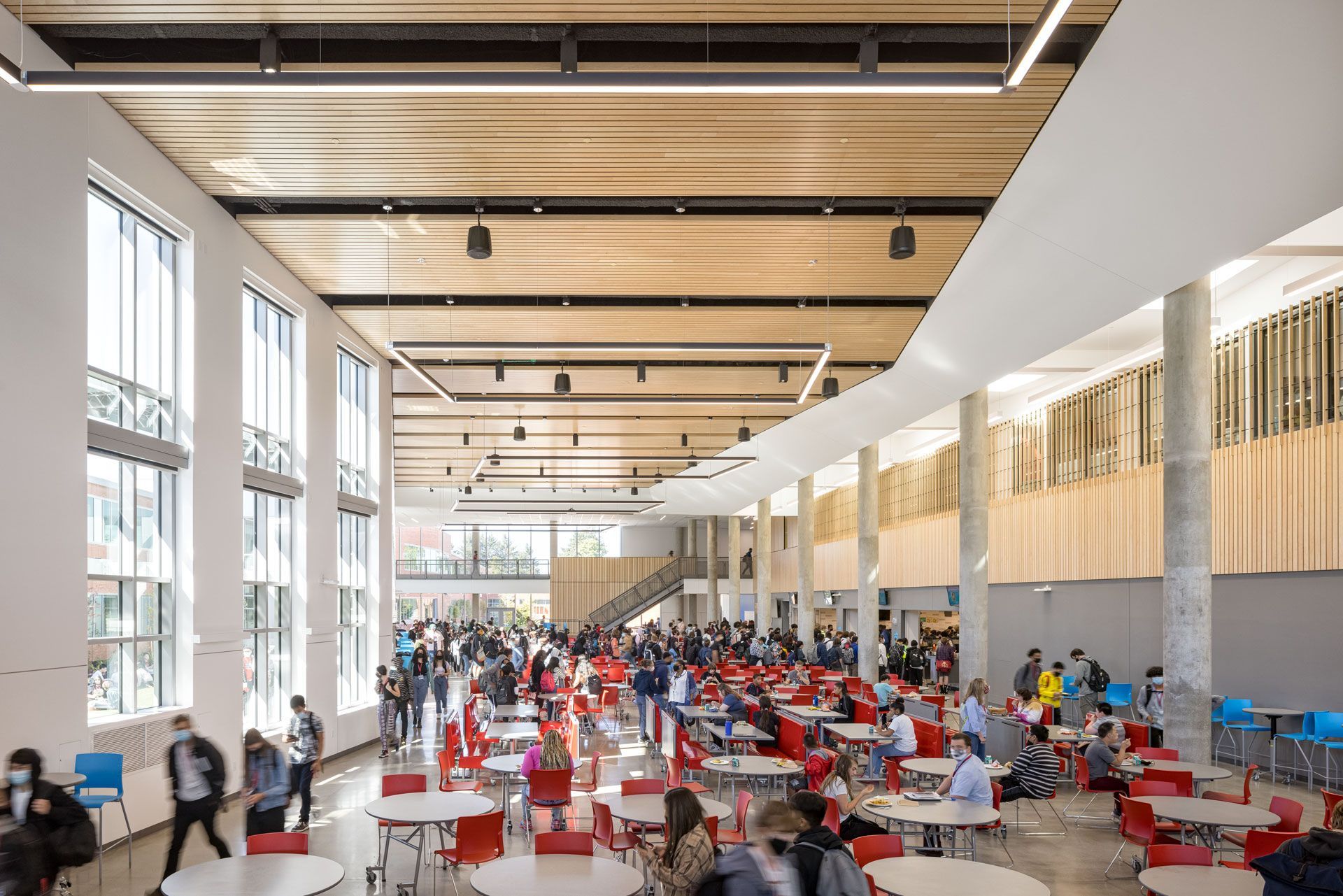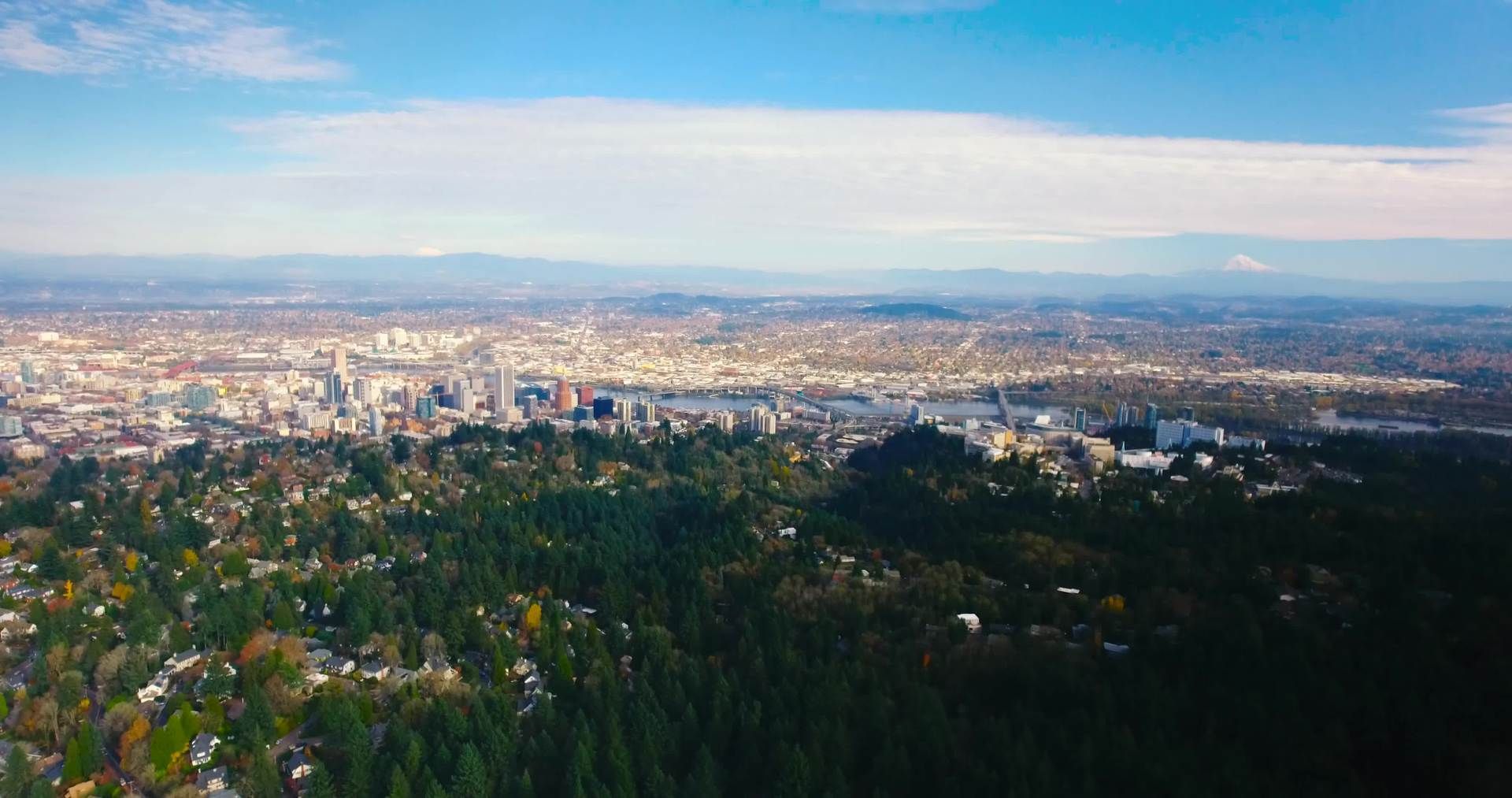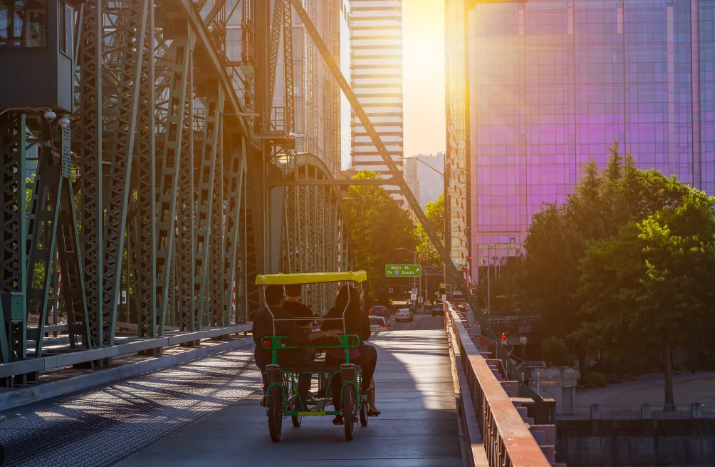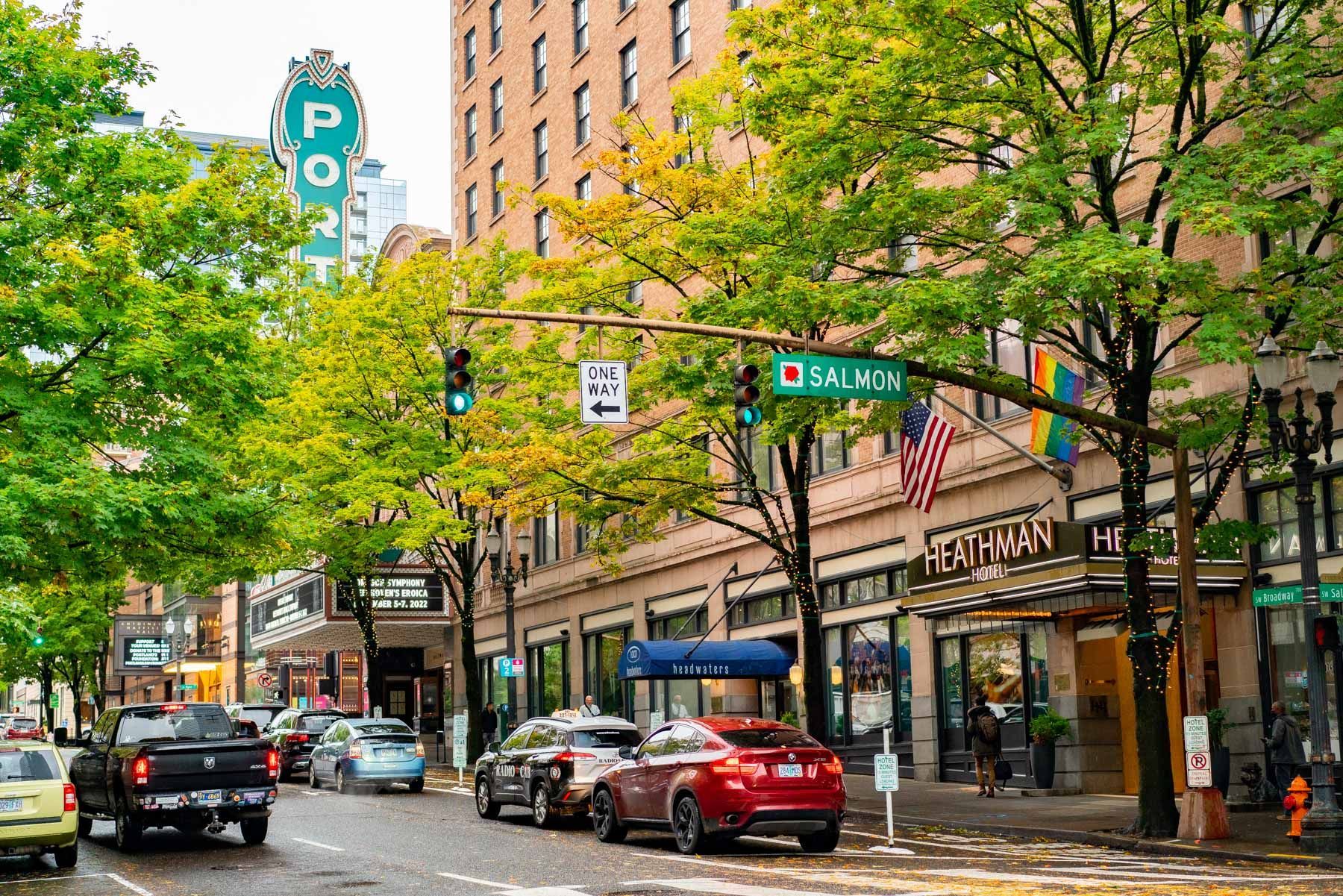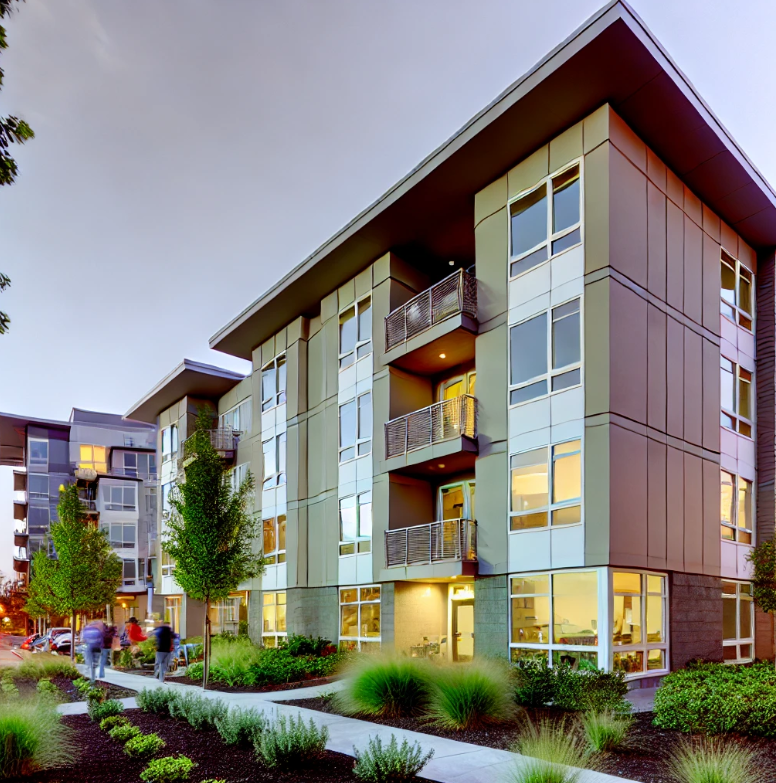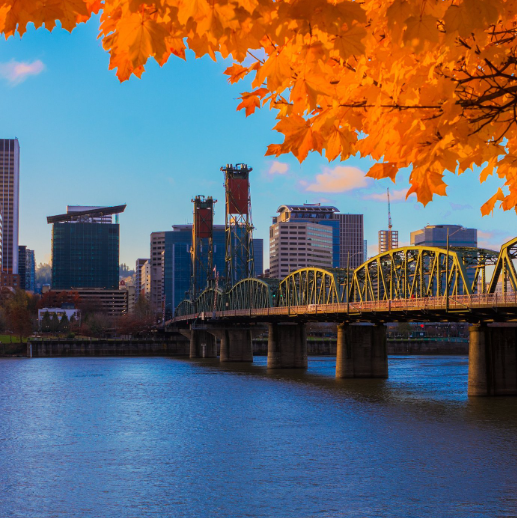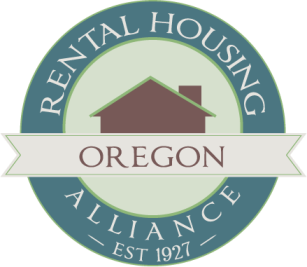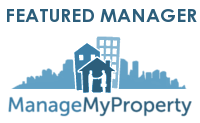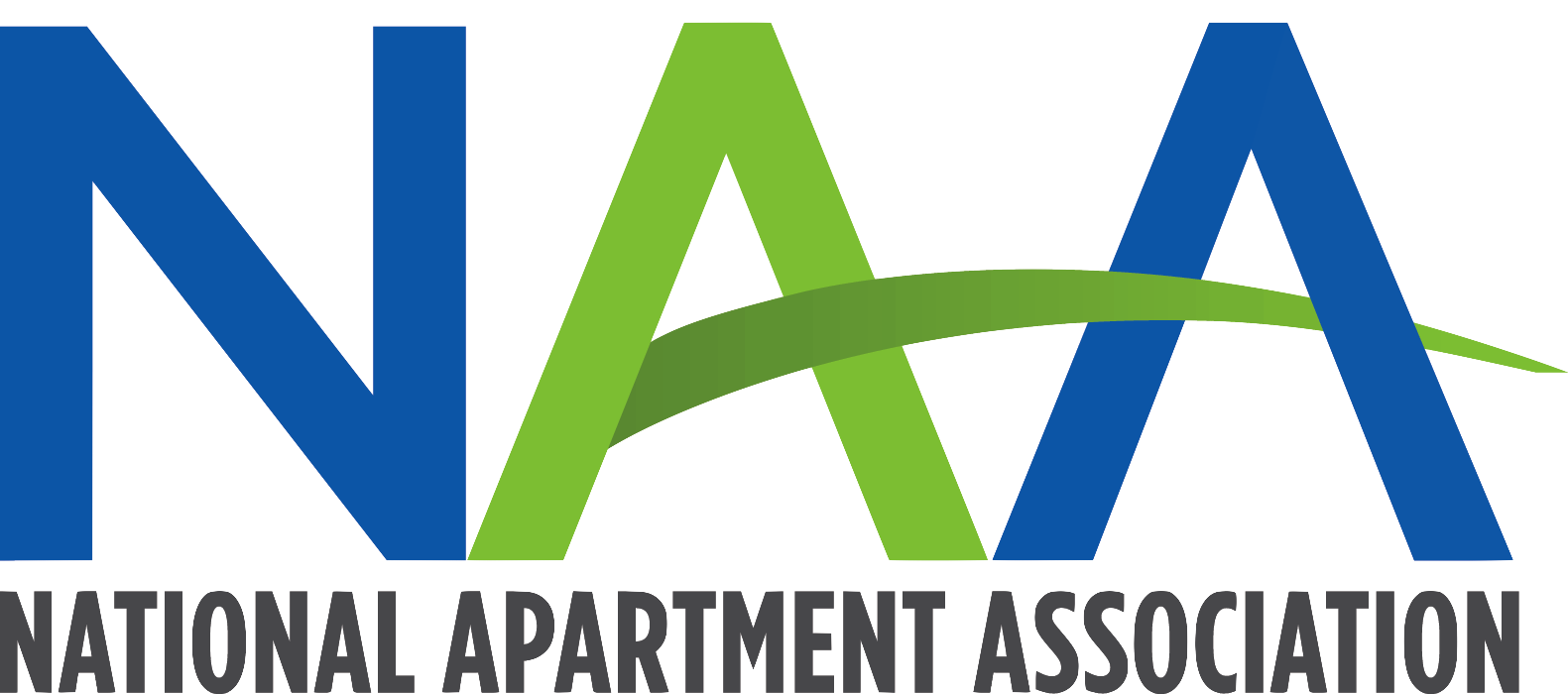Portland on the Move: How the City Leads America in Public Transit
Smart, Green, Connected: Why Portland Sets the Standard for Public Transit
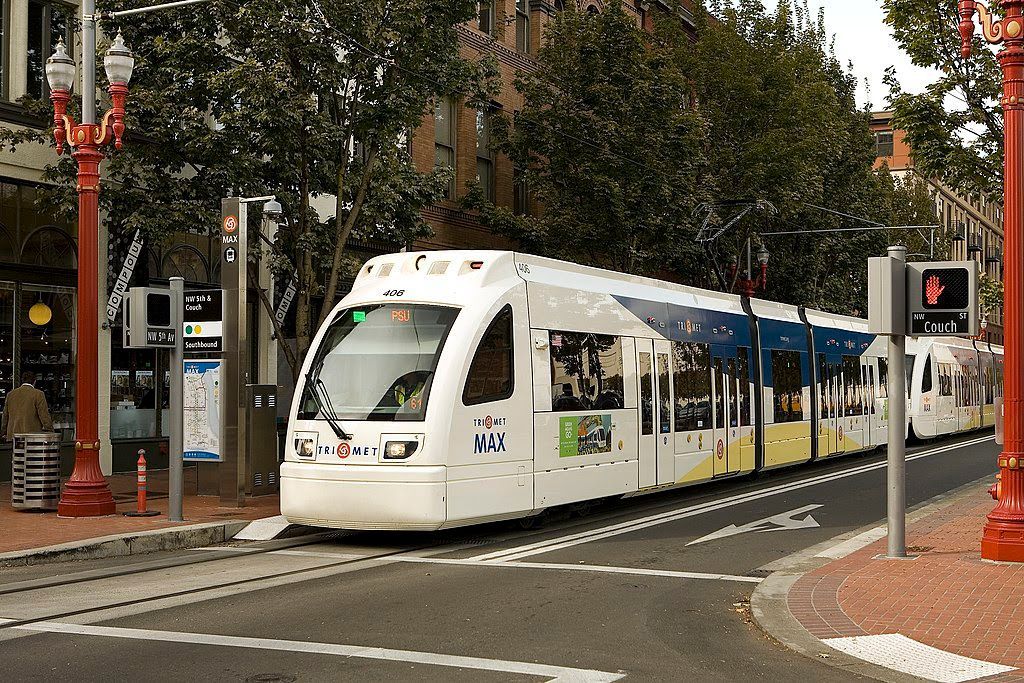
Portland, Oregon, isn’t just known for its vibrant neighborhoods and lush landscapes—it’s also one of the leading American cities for public transportation. With its well-planned transit system, bike-friendly streets, and pedestrian-centric design, Portland offers an exemplary model of urban mobility that many other cities strive to emulate. In this article, we’ll take a closer look at how transportation shapes life in Portland, why it’s a national leader in public transit, and what makes getting around this city a breeze.
A Transit Network That Connects the City
Portland’s public transportation system is designed to serve both residents and visitors efficiently. At the heart of this network is TriMet, the regional transit authority that operates buses, the MAX Light Rail, and streetcars, creating a seamless web of connectivity throughout the metro area.
MAX Light Rail: The Backbone of Urban Mobility
The MAX Light Rail system is one of Portland’s crown jewels. With four main lines—Blue, Red, Green, and Yellow—the light rail connects major neighborhoods, downtown, and even extends into suburban areas. Whether you’re commuting to work, heading out for a concert, or simply exploring the city, the MAX makes it convenient to get from point A to point B.
For instance, the Blue Line runs from Hillsboro in the west to Gresham in the east, offering a vital artery that supports daily commuters. Its frequency and reliability have made it a favorite among residents who prefer to leave their cars at home. The integration of multiple transit modes, such as the Portland Streetcar in downtown and parts of the Pearl District, further enhances the network’s reach and utility.
Buses and Beyond: Filling in the Gaps
In addition to light rail, TriMet’s extensive bus network covers the areas that the rail lines don’t reach. Buses offer flexibility and accessibility to neighborhoods across the city, ensuring that even the less densely populated areas remain connected to the urban core. With real-time tracking and efficient schedules, buses in Portland are a reliable option for those who need to get around quickly without the hassle of driving and parking.
The Role of the Portland Streetcar
The Portland Streetcar complements the MAX by providing a local, neighborhood-focused transit option. Operating primarily in the downtown and central districts, the streetcar connects key cultural, commercial, and residential areas. It’s not just a means of transportation—it’s a part of the city’s charm, offering a scenic way to experience Portland’s urban life.
Why Portland Excels at Public Transit
Portland’s success in public transit isn’t an accident—it’s the result of thoughtful urban planning, community engagement, and a commitment to sustainability. Here are some key reasons why Portland stands out:
1. Integrated Urban Planning
Portland’s urban planning philosophy has long embraced the concept of “transit-oriented development.” This approach involves designing neighborhoods around public transportation hubs, ensuring that residents live within easy reach of transit options. The result is a city where walking, biking, and riding public transit are natural parts of daily life. Portland’s neighborhoods, whether it’s the bustling Pearl District or the laid-back vibes of Sellwood-Moreland, are designed to be accessible without the need for a car.
2. A Commitment to Sustainability
Sustainability is more than just a buzzword in Portland—it’s a way of life. The city’s emphasis on eco-friendly transportation options, such as electric buses, extensive bike lanes, and well-maintained pedestrian paths, reflects its commitment to reducing carbon emissions and fostering a healthier environment. Portland’s investment in renewable energy sources for its transit system further underscores this commitment, making public transportation an environmentally responsible choice.
3. Community and Cultural Engagement
Portland’s transit system isn’t just functional; it’s also a reflection of the city’s unique culture. From art installations in MAX stations to community events held at transit hubs, public transportation in Portland is intertwined with local identity. This sense of community encourages residents to use transit not just out of necessity, but also as a way to connect with the city and its people.
4. Innovation and Technology
Portland embraces innovation to improve its transit services. Real-time tracking apps, integrated fare systems, and ongoing infrastructure improvements make the transit experience smoother and more user-friendly. The city’s commitment to technological advancement means that residents can enjoy a modern, efficient, and reliable transit network that keeps pace with their needs.
5. Accessibility and Affordability
One of the most significant advantages of Portland’s transit system is its accessibility and affordability. With fares that are reasonable and discounts for students, seniors, and low-income residents, public transportation in Portland is designed to be an inclusive option for everyone. This accessibility encourages widespread use, contributing to reduced traffic congestion and a lower overall carbon footprint.
How Public Transit Enhances the Portland Experience
Portland’s excellent public transit system does more than just get people from point A to point B—it enriches the overall urban experience.
Reducing Traffic and Congestion
By offering reliable and efficient alternatives to driving, Portland’s transit system plays a crucial role in reducing traffic congestion. Fewer cars on the road mean less pollution and a more pleasant urban environment. This reduction in congestion also contributes to shorter commute times and a better quality of life for residents.
Encouraging Active Lifestyles
With a network that supports walking and cycling, Portland encourages an active, healthy lifestyle. Many residents choose to walk or bike to transit stops, incorporating physical activity into their daily routines. The city’s extensive network of bike lanes and pedestrian paths not only makes it safe to commute on foot or by bike but also promotes a culture of wellness and sustainability.
Connecting Diverse Communities
Portland’s transit system connects diverse neighborhoods, allowing residents to explore different parts of the city with ease. Whether it’s experiencing the artsy vibe of the Alberta Arts District, the historic charm of Northwest Portland, or the dynamic energy of downtown, public transportation makes it possible to experience all facets of Portland life. This connectivity fosters a sense of unity and inclusivity, where every neighborhood contributes to the city’s overall character.
Supporting Local Businesses
Easy access to public transit boosts local businesses by bringing in more foot traffic. Neighborhoods with well-connected transit options tend to thrive economically, as residents and visitors alike can easily visit shops, restaurants, and cultural venues. This synergy between public transit and local commerce creates a robust, dynamic economy that benefits everyone.
Personal Reflections and Local Perspectives
As someone who has experienced Portland’s transit system firsthand, it’s clear that the city’s commitment to public transportation is more than just a policy—it’s a way of life. The ease with which you can hop on a MAX train or catch a bus to a local farmers’ market is a testament to Portland’s forward-thinking approach to urban living.
Local residents often express pride in how their city has managed to balance modern innovation with a deep respect for community and the environment. Whether it’s a conversation at a local café or a chat with a fellow commuter on the light rail, there’s a shared appreciation for a system that genuinely makes life easier and more connected.
One resident summed it up perfectly: “In Portland, you feel like you’re part of a community that’s always moving forward together—literally and figuratively. Our transit system isn’t just about getting around; it’s about embracing a lifestyle that values sustainability, accessibility, and togetherness.”
Challenges and Future Opportunities
While Portland’s public transit system is often hailed as a national model, it’s not without its challenges. Rapid population growth and urban expansion continually put pressure on infrastructure, and there are ongoing debates about funding and service expansion.
Adapting to Growth
As more people move to Portland, there is a constant need to expand and upgrade transit services to meet demand. This means investments in additional light rail lines, increased bus frequency, and improvements in transit-oriented development. City planners are actively working on long-term strategies to ensure that the system remains robust and responsive to the evolving needs of the community.
Embracing Technological Innovation
Continued innovation in transportation technology offers exciting opportunities for Portland. The integration of smart transit solutions, such as real-time data analytics and automated vehicles, could further enhance efficiency and user experience. Embracing these technologies will be key to maintaining Portland’s status as a leader in public transit.
Community Engagement and Equity
Ensuring that the benefits of public transit reach all residents is an ongoing priority. This means addressing issues of transit equity, such as ensuring affordable fares, accessible services for people with disabilities, and safe transit options in all neighborhoods. Portland’s commitment to community engagement and inclusivity will be essential as the city continues to evolve.
Conclusion: Portland’s Transit as a Model for America
Portland’s public transportation system stands as a shining example of what’s possible when urban planning, community values, and innovative technology come together. The city’s commitment to providing efficient, accessible, and sustainable transit options has not only made it one of America’s leading cities for public transit but has also enriched the lives of its residents.
From the expansive MAX Light Rail network and reliable bus services to the charm of the streetcar and bike-friendly infrastructure, every aspect of Portland’s transit system contributes to a cohesive urban experience that benefits everyone. The ease of getting around the city fosters community connections, supports local businesses, and helps reduce the environmental footprint—a combination that many cities aspire to achieve.
Portland’s transit success is a testament to the city’s forward-thinking approach and dedication to making life better for its residents. It’s not just about transportation—it’s about creating a vibrant, connected, and sustainable urban environment where people can live, work, and play with ease.
Ready to Experience Portland?
If you’re planning to move to Portland and want to be part of a city that truly values connectivity and quality of life, Legacy Property Management can help you find the perfect rental home in this dynamic urban environment.
Join the Portland lifestyle where public transit connects you to all the experiences this remarkable city has to offer. Enjoy the ride—Portland is ready to welcome you!
Legacy Property Management
Locations
Resources




